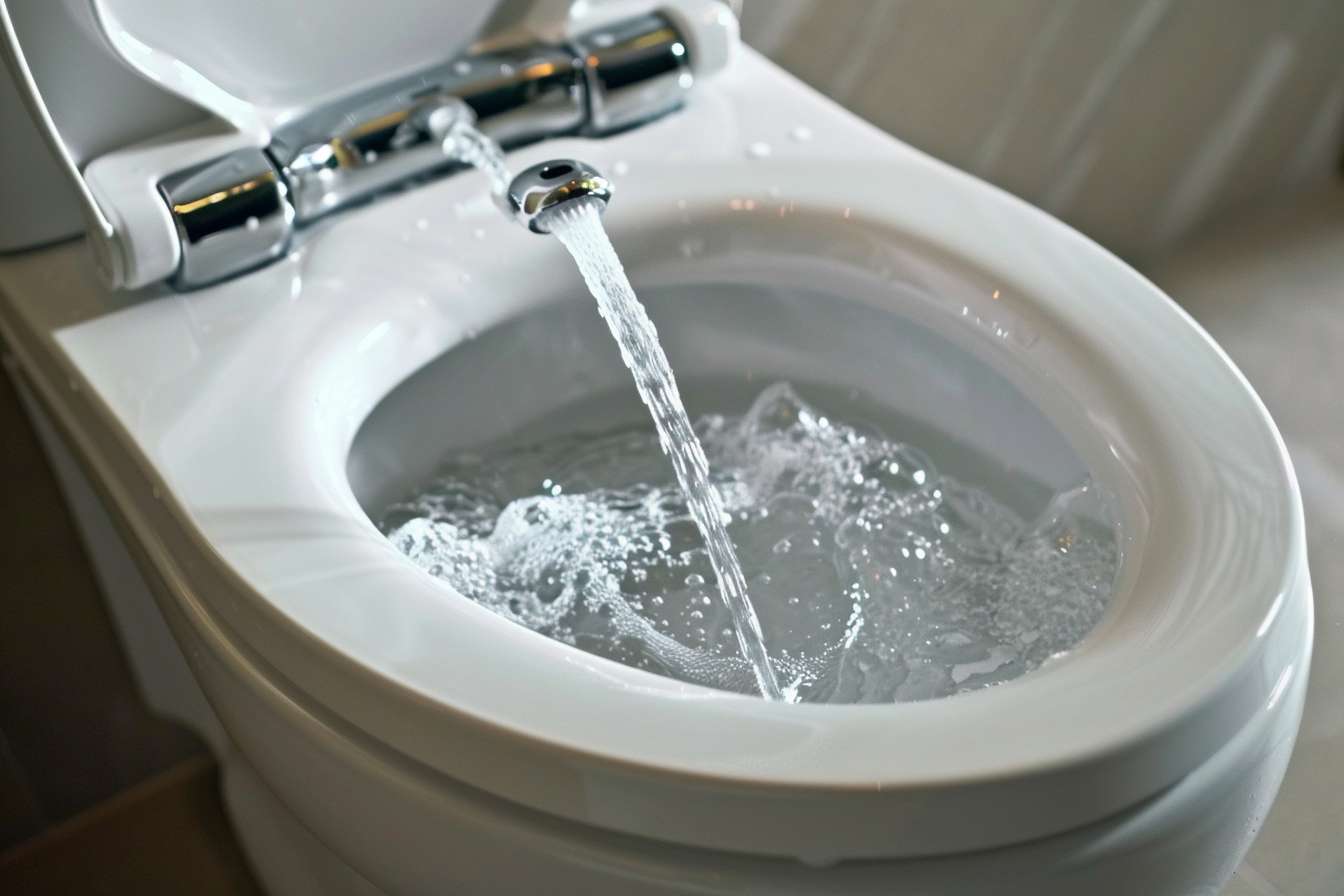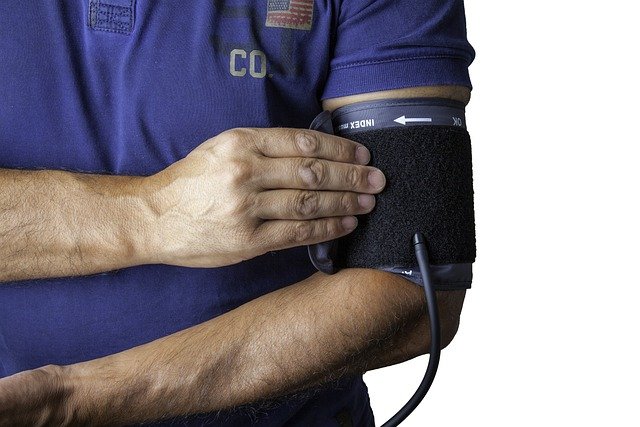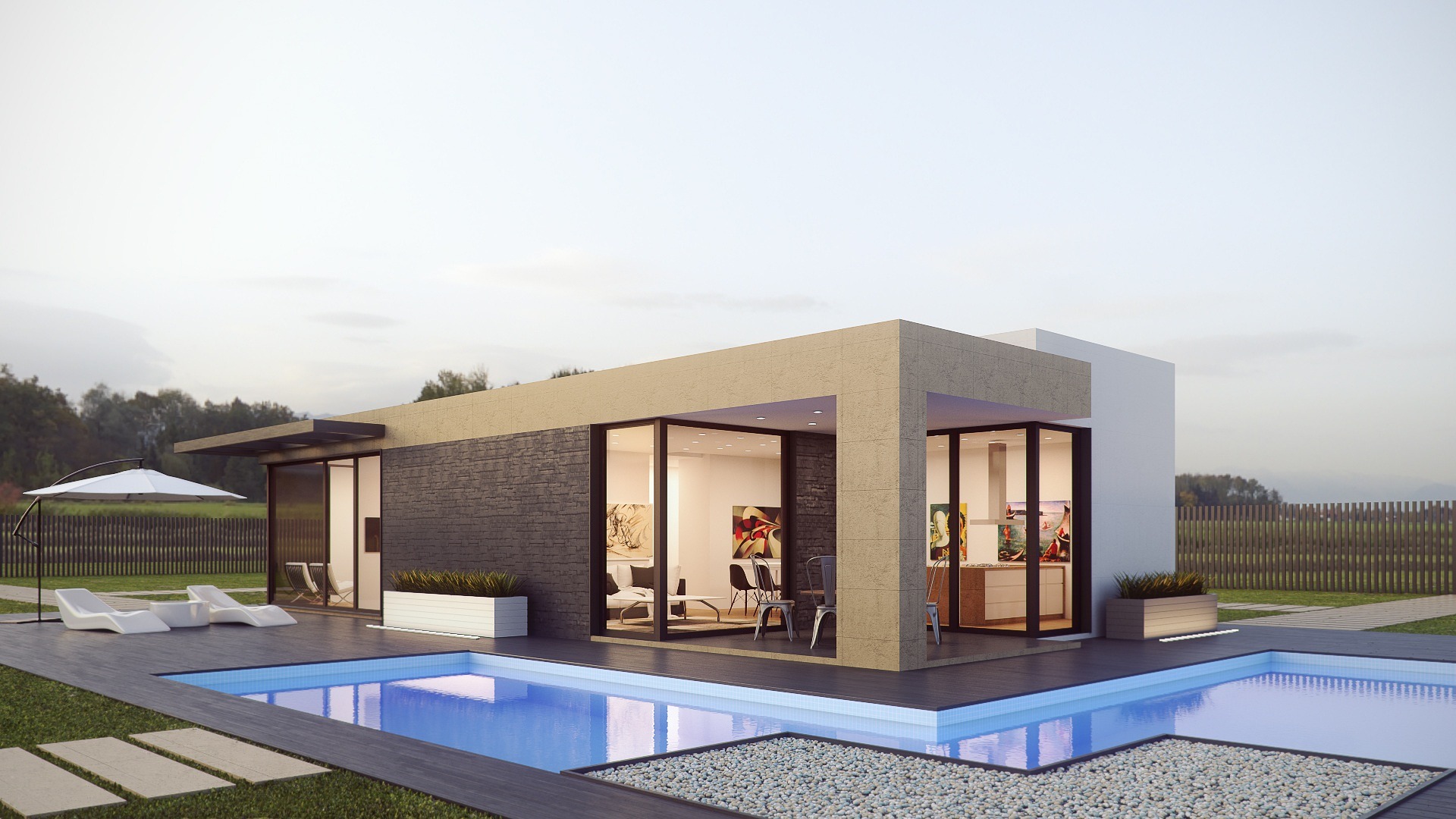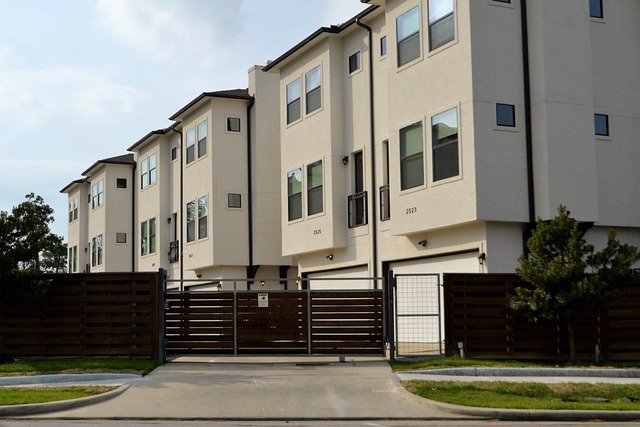Japanese Toilets in the UK: Your Guide to Smart Bidet Seats
The traditional Japanese toilet, often referred to as a smart toilet or bidet seat, represents a significant advancement in bathroom technology that combines hygiene, comfort, and sustainability. These sophisticated fixtures have been a staple in Japanese households for decades, offering features like warm water cleansing, heated seats, air drying, and automated functions. As UK homeowners increasingly seek bathroom upgrades that enhance comfort while reducing environmental impact, Japanese toilets have gained notable traction in the British market. This comprehensive guide explores everything you need to know about bringing this innovative bathroom technology into your UK home.

What is a Japanese Smart Toilet & How Does it Work?
Japanese smart toilets, also known as washlets or bidet toilets, combine traditional toilet functionality with advanced bidet features and automation. At their core, these toilets use water jets to provide personal cleansing after using the toilet, eliminating or reducing the need for toilet paper. The technology works through a combination of precisely positioned nozzles, water heating systems, and electronic controls.
Most Japanese toilets feature adjustable water pressure and temperature settings, allowing users to customize their experience. Advanced models include additional features such as oscillating spray patterns, pulsating water flow, and precise nozzle positioning. The cleansing process typically begins with a button press on either a side panel or remote control, activating a retractable nozzle that extends to deliver a warm water spray, followed by warm air drying in premium models.
The smart functionality extends beyond cleansing. Many units offer automatic lid opening and closing, night lights, deodorizers that use carbon filters or electrolyzed water to neutralize odors, and self-cleaning functions that sanitize nozzles before and after each use. Some high-end models even incorporate health monitoring features that can analyze waste and track certain health metrics.
How Much Do Smart Toilets Cost in the UK? Price Guide
Japanese toilets in the UK vary significantly in price depending on features, brand, and whether you’re purchasing a complete toilet system or a bidet seat attachment for your existing toilet.
Entry-level electronic bidet seats typically start at around £250-£400. These basic models usually offer warm water cleansing with adjustable temperature and pressure settings, heated seats, and simple controls. Mid-range options ranging from £500-£1,000 add features like warm air drying, deodorizers, and more customizable settings. Premium models costing £1,000-£3,000+ include advanced features like automatic opening/closing lids, night lights, self-cleaning functions, user presets, and sometimes even music playback or ambient lighting.
Complete smart toilet systems, which include both the ceramic bowl and integrated bidet technology, range from £1,500 for basic models to over £6,000 for luxury units with the full suite of features.
| Product Type | Price Range | Typical Features |
|---|---|---|
| Basic Bidet Seat | £250-£400 | Warm water cleansing, heated seat, simple controls |
| Mid-range Bidet Seat | £500-£1,000 | Above + air dryer, deodorizer, multiple user settings |
| Premium Bidet Seat | £1,000-£2,000 | Above + auto functions, night light, self-cleaning nozzles |
| Complete Basic Smart Toilet | £1,500-£3,000 | Integrated design, basic smart functions |
| Premium Complete Smart Toilet | £3,000-£6,000+ | Full automation, advanced features, luxury design |
Prices, rates, or cost estimates mentioned in this article are based on the latest available information but may change over time. Independent research is advised before making financial decisions.
Installation costs should also be considered, typically ranging from £150-£400 depending on complexity, with potential additional costs if plumbing or electrical modifications are required.
Cleaner & Greener: The Environmental Benefits of Smart Toilets
Japanese smart toilets offer significant environmental advantages over traditional toilets. The most obvious benefit is the reduction in toilet paper usage. The average UK household uses approximately 127 rolls of toilet paper annually, resulting in substantial paper waste and contributing to deforestation. Smart toilets can reduce this consumption by 75% or more through their water cleansing functions.
Water efficiency is another important environmental consideration. While it might seem counterintuitive that a toilet using water for cleansing saves water overall, many modern Japanese toilets are designed with water conservation in mind. They typically use just 0.08-0.11 liters of water per cleansing cycle, while producing toilet paper requires approximately 140 liters of water per roll. Additionally, many models incorporate dual-flush systems that use less water for liquid waste compared to solid waste.
Energy consumption is minimized through efficient heating elements and energy-saving modes. Most modern units feature programmable timers that reduce heating during periods of non-use, and some incorporate motion sensors that activate functions only when someone approaches the toilet.
The improved hygiene offered by these systems also reduces the need for harsh chemical cleaners, as many models incorporate self-cleaning technologies using electrolyzed water or UV light to sanitize surfaces and nozzles, further decreasing environmental impact.
Installing Smart Toilets in UK Homes: What You Need to Know
Installing a Japanese toilet in a UK home requires consideration of several factors. The first decision is whether to opt for a complete smart toilet system or a bidet seat attachment for your existing toilet. Bidet seats are more affordable and easier to install but may not offer the seamless look of integrated units.
Electrical requirements are essential to consider, as all Japanese toilets need power to operate. UK regulations (BS 7671) specify that electrical fixtures in bathrooms must be installed according to specific zoning requirements. You’ll need a nearby grounded electrical outlet (ideally an RCD-protected circuit), positioned outside splash zones. If no suitable outlet exists, a qualified electrician will need to install one, which may add £100-£200 to your installation costs.
Plumbing compatibility is another crucial factor. Most bidet seats connect to your existing cold water supply using a T-valve splitter. However, for optimal performance, access to both hot and cold water lines is preferable. Checking water pressure is also important, as insufficient pressure may compromise functionality. The UK’s average water pressure of 3-4 bar is typically sufficient, but older properties with gravity-fed systems may require a pressure booster.
Space considerations cannot be overlooked. Japanese toilets, especially complete systems, may have different dimensions than standard UK toilets. Measure your bathroom carefully, ensuring adequate space not just for the unit but also clearance for lids that open automatically and space for side control panels.
Professional installation is highly recommended unless you have significant plumbing and electrical experience. Most suppliers offer installation services, and many manufacturers require professional installation to maintain warranty validity. Budget approximately £150-£300 for standard installation, with costs increasing if significant modifications are needed.
The good news is that most UK bathrooms can be adapted to accommodate Japanese toilet technology with minimal modifications, making this upgrade accessible to most homeowners seeking to enhance their bathroom experience.




